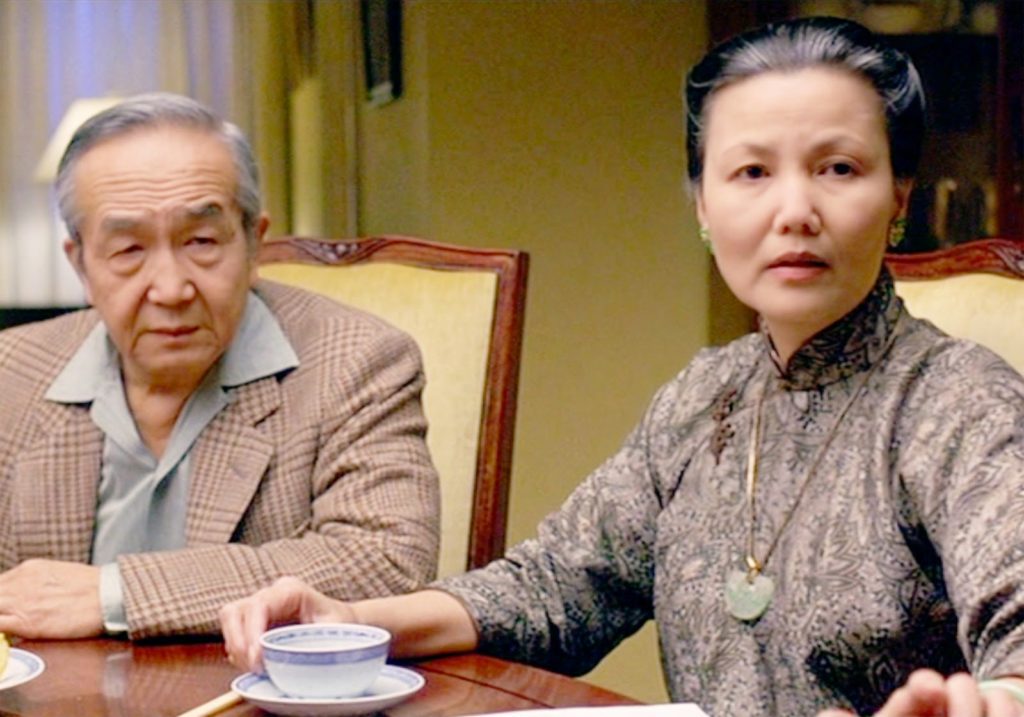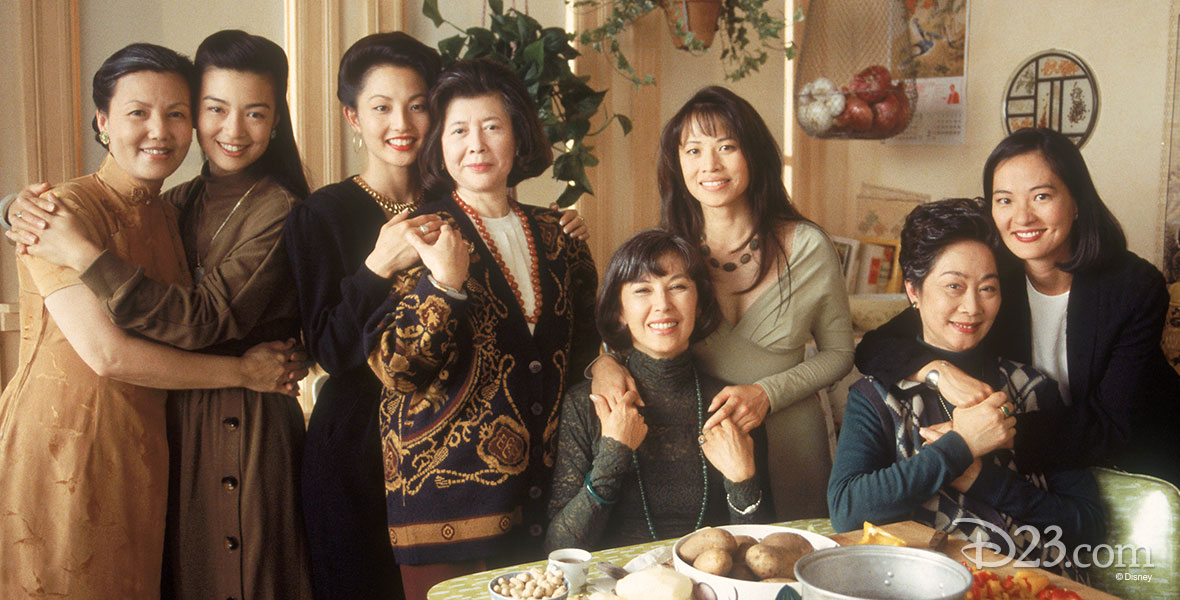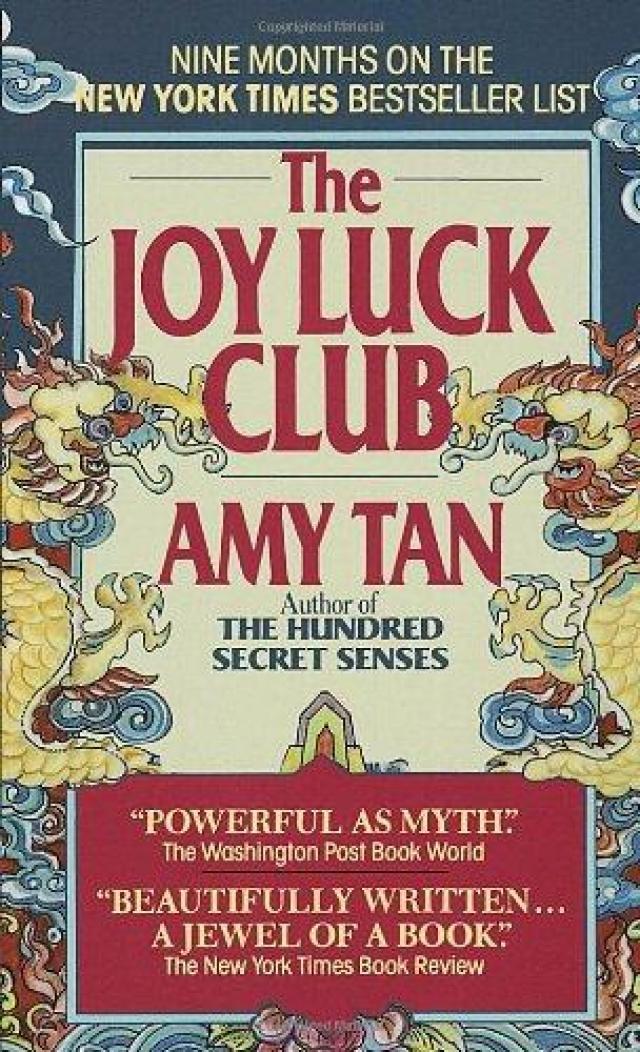

In the first section, "Feathers from a Thousand Li Away," we learn that the mothers are sending Jing-mei to China to find the two daughters Suyuan abandoned during World War II.

At the same time, the daughters are aware of their mothers' cleverness, which they alternately fear, love, resent, and imitate.

In this way, the mothers shape their unknowing daughters, imparting precious wisdom while seeming blunt and at times even ignorant. The mothers approach their daughters as they do the game of Mah Jong they know the best strategy is to make any and all moves secretly so that the revelation comes at the last minute. Each chapter in a section is devoted to one mother or daughter, and their stories eventually intertwine to the point that the story of Jing-mei and Suyuan Woo becomes a symbol of fulfillment for all of them. This arrangement represents the four seats at the Mah Jong table. The book comprises four sections, each of which comprises four chapters. As a result, we become familiar with three different times and venues: China, where the mothers grew up, contemporary San Francisco, where the daughters and mothers live, and America in general. The Joy Luck Club is set primarily in modern-day San Francisco's Chinatown, but much of it occurs in the form of flashbacks to the mothers' lives in China. She writes for her own readers-all, that is, who understand the special bonds between women. This, and much more." In dedicating her novel this way, Tan both personalizes and universalizes it. Tan writes: "To my mother / and the memory of her mother / You asked me once / what I would remember. As early as Amy Tan's dedication to her mother and grandmother, it is clear that The Joy Luck Club is a tribute to intergenerational and intercultural connections.


 0 kommentar(er)
0 kommentar(er)
